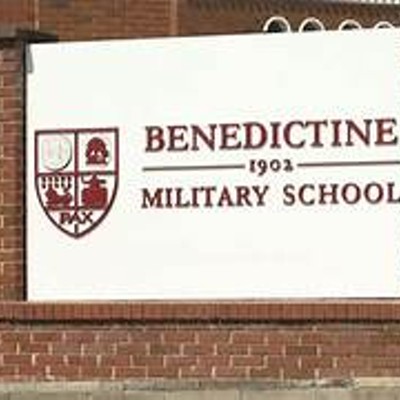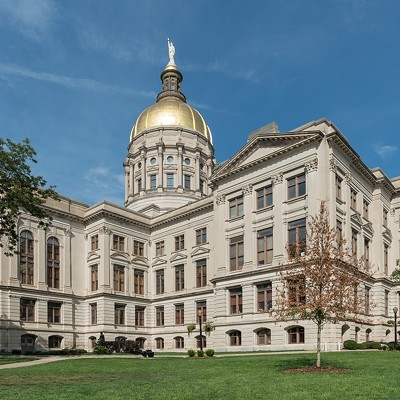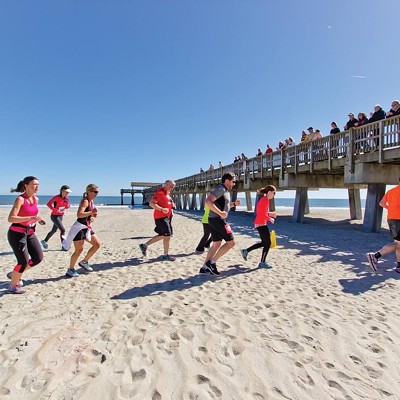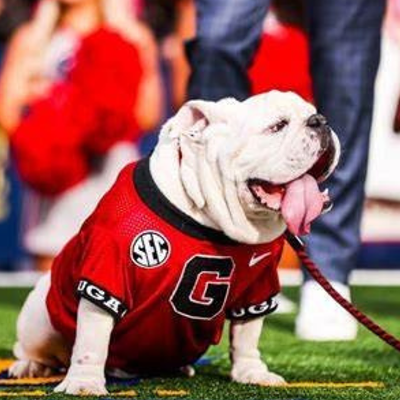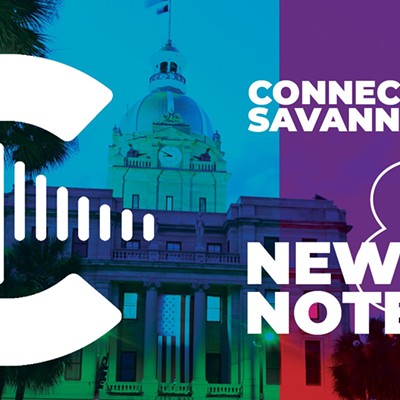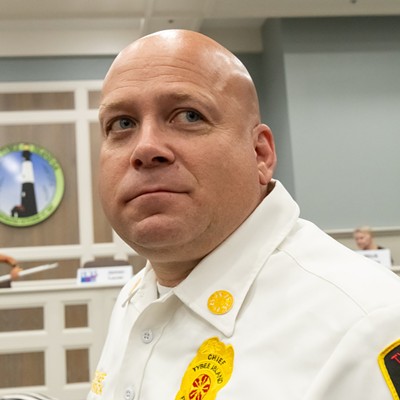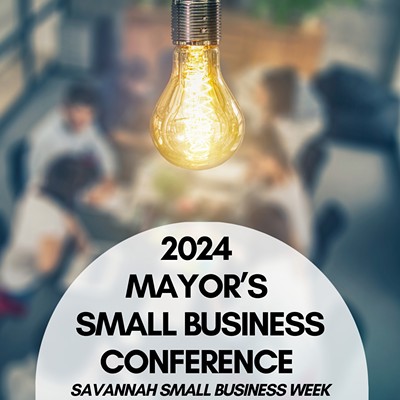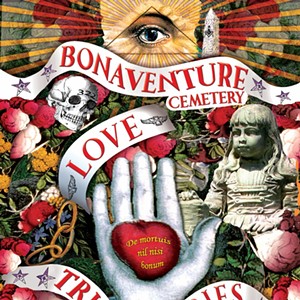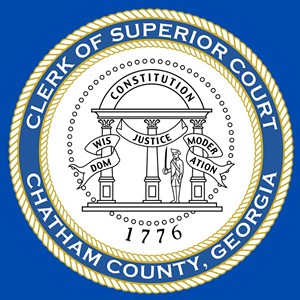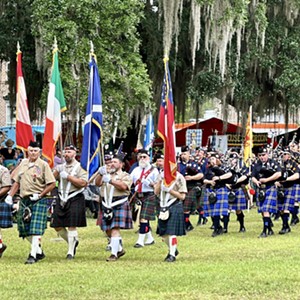FREDERICK C. BALDWIN'S encounters with the civil rights movement in Savannah were life-changing events.
“I had just returned to Savannah,” he said recently. “I had been photographing polar bears. It was a big ego trip.”
In 1960, Baldwin led an expedition to the Spitsbergen islands, about 600 miles from the North Pole. There, he took a series of photographs of polar bears underwater.
Those photos were the first of their kind, and ended up being printed in Life magazine. “I was trying to make it as a freelance magazine photographer,” Baldwin said. “I was doing a lot of nutty stuff. All I wanted was to show I could do it.”
Baldwin did get noticed. In 1963, he worked for Attorney General Robert F. Kennedy photographing street gangs and drug users in New York City.
When Baldwin returned to Savannah, where he lived during his youth and where his mother still had a house, the civil rights movement was going strong. Deciding to photograph the events, Baldwin approached the subject much as he had that North Pole shoot — he just wanted to show he could do it.
At first, Baldwin was out of his league. “I was an active internationalist, but I didn’t know anything about the requirements of kids and black people,” he said. “My family had been exploiting black people for years. If you treated the cook in a nice way, it was civil — but it wasn’t civil rights.”
The marchers and protesters soon accepted Baldwin as one of their own. “They were protecting me,” he says, especially one man — Lester Hankerson, known to everyone as “Big Lester.”
Big Lester drove the “Ballot Bus,” a vehicle painted with slogans that was used to give free rides to prospective voters so they could register. Not everyone was eager to go, but Big Lester was very effective in convincing them.
“This little white boy was invisible when standing next to Lester,” Baldwin said, adding that he knew people on both sides of the issue. “One of the members of the riot squad had been in the Marine Corps with me,” he said.Later, Baldwin was looking for another story to cover. “I bumped into the young men who were in the process of desegregating the high school,” he said.
They included civil rights activist George Shinhoster and current Mayor Otis Johnson.
Baldwin believes echoes of their struggle remain today in the form of Barack Obama’s presidential campaign.
“What we’ve got today is a very interesting situation,” Baldwin said. “It parallels what was going on in the 1960s and ‘70s. We have a moment in time that is rather extraordinary. We have an African American running for president.”
Baldwin makes no bones about his support for Obama. He said he respects John McCain’s service record, but added Obama is the best candidate to lead the country. “I’ve been wounded twice in combat, but it doesn’t qualify me to be president,” Baldwin said.
“We all have to do what we did back in those days,” he said. “We have to get behind an agent of change because this country is in big trouble. In spirit, we are all Big Lesters. You are in the position of leading this city and this state into better times.”
Photographing the civil rights movement gave Baldwin a new outlook on his career and his life. “I looked around and there were people marching,” he said. “I learned so much from them. I never went back to the ego trips. I had found something a whole lot bigger than me.”
From then on, Baldwin used his photography to comment on social issues, including the plight of poor whites. He even worked to bring about change, as Peace Corps director in Borneo.
Baldwin was born in 1929, in Lausanne, Switzerland, where his father was a U.S. diplomat. Baldwin served as a Marine during the Korean War, and was wounded twice.
After leaving the Marines, Baldwin earned a bachelor of arts degree from Columbia College in New York. Today, he serves as the chairman of FotoFest, the United States’ first photography biennial, which he co-founded in Houston in 1983.
Baldwin’s family never did understand his passion for equal rights. “My immediate family was my brother and mother,” he said. “They were decent, but they were extremely conservative people. I was the maverick.”
However, Baldwin’s family accepted him, even when his actions made them uncomfortable. “My mother had a beautiful house over on Lafayette Square,” he said. “She hosted canasta parties. Many evenings when she had a party, the Ballot Bus would be parked in our driveway as guests were coming in, but she never said a word.
“She knew I had my path,” Baldwin said. “A little eccentricity was allowed then. Savannah always had people who were different.”
Baldwin’s heroes include the local doctor named Waring who shielded a young Savannah Country Day School student who had been accused of being homosexual. “He took the boy in and protected him,” Baldwin says.
Another hero was Savannahian Bob Glenn, a Marine who served at Iwo Jima. “When John Kennedy was assassinated, there was about to be a large debutante ball at the Ogeechee Club,” Baldwin says. “They were going to go ahead with it. Bob Glenn stood up and said, ‘If you do this party, I’m out of here.’”
Such actions took courage in those days. “A lot has to do with what the neighbors are going to think if you stick your neck out,” Baldwin said. “This has got to be understood. When something doesn’t happen, sometimes there are very good reasons for it.”
While much was accomplished during the civil rights movement, many issues remain. “We haven’t finished by any means,” Baldwin says. “There’s a lot of work to be done. Things are not easy. They weren’t easy then, and they aren’t easy today.”
After all these years, Baldwin has forgotten many names and events — a situation he regrets. “1963 was a long time ago,” he said. “I’m writing a book about my life. The Savannah chapter is going to be an important part of it. I need to come back and get my memory replenished.”
An exhibition of Baldwin’s civil rights photographs is on display at the Telfair’s Jepson Center for the Arts through Jan. 11. It is titled Freedom’s March: Photographs of the Civil Rights Movement in Savannah by Frederick C. Baldwin.
A hardback book, which is available in the museum gift shop, has been released in conjunction with the exhibition. “The Telfair Museum about 25 years ago put together an excellent Frederick Baldwin photography exhibit,” Telfair Director Steven High said. “What they did with that project was capture a lot of the stories from the civil rights era in a book. That book is long out of print.
“We decided that this was the perfect time to bring the exhibition back,” he says. “We received a grant that enabled us to republish the book, entitled Freedom’s March.”
In 1983, Baldwin’s images were displayed in a show at the Telfair and an accompanying book titled We ain’t what we used to be. It included first-hand accounts from people who experienced the civil rights movement, and those memories have been included in the new book.
The current exhibition and book are particularly timely, High says. “I think it comes at a really important time in our country’s growth,” he says. “It’s a good time to look at what people experienced then.”
A series of events has been scheduled to coincide with the exhibition in venues throughout the city. “This has been a phenomenal project,” said Harry DeLorme, Senior Curator of Education. “It’s a wonderful educational opportunity.
“Generally, people in Savannah don’t know these stories,” he said. “It’s vitally important for students to know what young people in the early 1960s went through.”
The events will include panel discussions, a student exhibition at Indigo Sky Community Gallery, lectures and an open mic night sponsored by AWOL. “A lot of people have been involved in this process,” DeLorme said. “Hopefully, Savannah will take advantage of this opportunity.” cs




